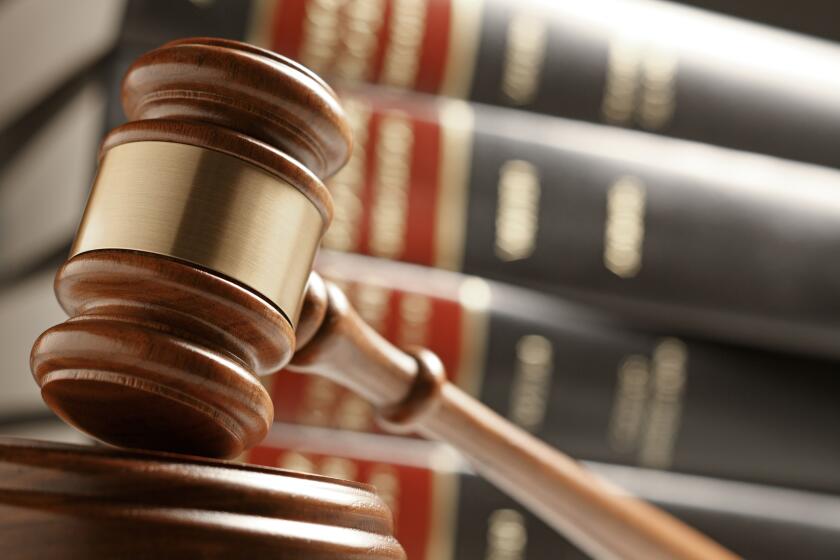GOOD OLD DAYS:
- Share via
In 1967, Newport Beach firefighters and Engine 6 went to the aid of fellow firefighters battling the Paseo Grande Fire in Corona.
Unlike the organization and teamwork evident throughout the Southern California wildfires this past week, Jerry Strom said the only thing organized that day was the food.
Milton Meehan was the Battalion Chief and he said when the team arrived, nobody seemed to be in charge. No headquarters or command center had been set up.
Meehan sad the firefighters knew how to combat local fires, but lacked experience with widespread blazes.
Houses with tile roofs were in pretty good shape, he said, but many homes had wood shake roofs.
“We’d walk around, see a house burning, and we were on our own,” he said. “We did some good, but it was not anywhere near as organized as today.”
The Paseo Grande fire burned 48,639 acres and destroyed 66 homes.
There were no aerial drops at that time, and fire engines were “immensely underpowered,” holding no more than 100 to 200 gallons of water, Newport Beach Fire Chief Steve Lewis said.
Meehan said firemen worked just as hard as they do today, but without the equipment.
Firefighters today use very specialized equipment, Strom said, especially with protective clothing.
They wear double layers of lighter-weight, fire-resistant pants and jackets; their helmets are lightweight and more flexible; they have special masks coated with an aloe vera gel to protect them against smoke and ash, and they wear bandannas and hoods to protect their faces.
They carry a canteen, wildlife pack and other devices on their belt, so none of the body is exposed to the fire environment, Strom said.
Their air packs are state-of-the-art, holding more air and measuring air levels, and are equipped with an alarm system to warn firefighters when their air supply is waning.
Mike Novak is a former Newport Beach firefighter, and after retiring last year, built a historical museum in the new Station 4 on Balboa Island.
The walls are covered with old photos, newspaper articles and memorabilia.
Novak said one of the best documented local fires was the Vincent Lido Drugstore fire in 1960. Civilians helped fight that blaze, Novak said, and many of the firefighters weren’t wearing helmets or masks.
“They did things in the old way,” he said, adding that in some of the photos you can see the fire chief wearing a helmet, but no protective gear.
Assistant Fire Chief Phil Hayden fell through the roof of the building to the second floor area, but escaped uninjured.
Meehan was off duty at the time, but was called in to help.
The fire department had “paid call men” at that time, Meehan said — guys who had day jobs but helped out when they needed more manpower.
The Fire Captain at Station 1 on Balboa Island was also the dispatcher, and when a fire broke out, he’d sound a horn that told firefighters where to go.
All the men agree that the greatest change in firefighting over the years has been improved communication.
Chief Lewis’ dad was also a firefighter, and in 1949, they didn’t even have radios. All the firefighters carried a roll of nickels with them when they responded to a call, just in case they had to call the dispatcher from a pay phone.
SUE THOENSEN may be reached at (714) 966-4627 or at [email protected].
All the latest on Orange County from Orange County.
Get our free TimesOC newsletter.
You may occasionally receive promotional content from the Daily Pilot.



